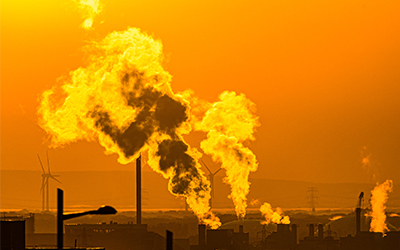
The Spatiotemporal Evolution of U.S. Carbon Dioxide Emissions: Stylized Facts and Implications for Climate Policy
J. G. Baldwin and I. Sue Wing
Journal of Regional Science (1 October 2013)
DOI: 10.1111/jors.12028
We characterize the evolution of U.S. carbon dioxide (CO2) emissions using an index number decomposition technique which partitions the 1963–2008 growth of states’ energy-related CO2 into changes in five driving factors: the emission intensity of energy use, the energy intensity of economic activity, the composition of states’ output, per capita income and population. Compositional change and declining energy intensity attenuate emissions growth, but their impacts are offset by increasing population and income. Despite absolute interstate divergence in both emissions and their precursors, states’ emission- and energy intensities—and ultimately, CO2—appear to be stochastically converging. We assess the implications of these trends using a novel vector autoregression (VAR) emission forecasting technique based on our index numbers. The resulting emission projections are comparable to, but generally exceed, those forecast by the 2010 EIA Annual Energy Outlook.